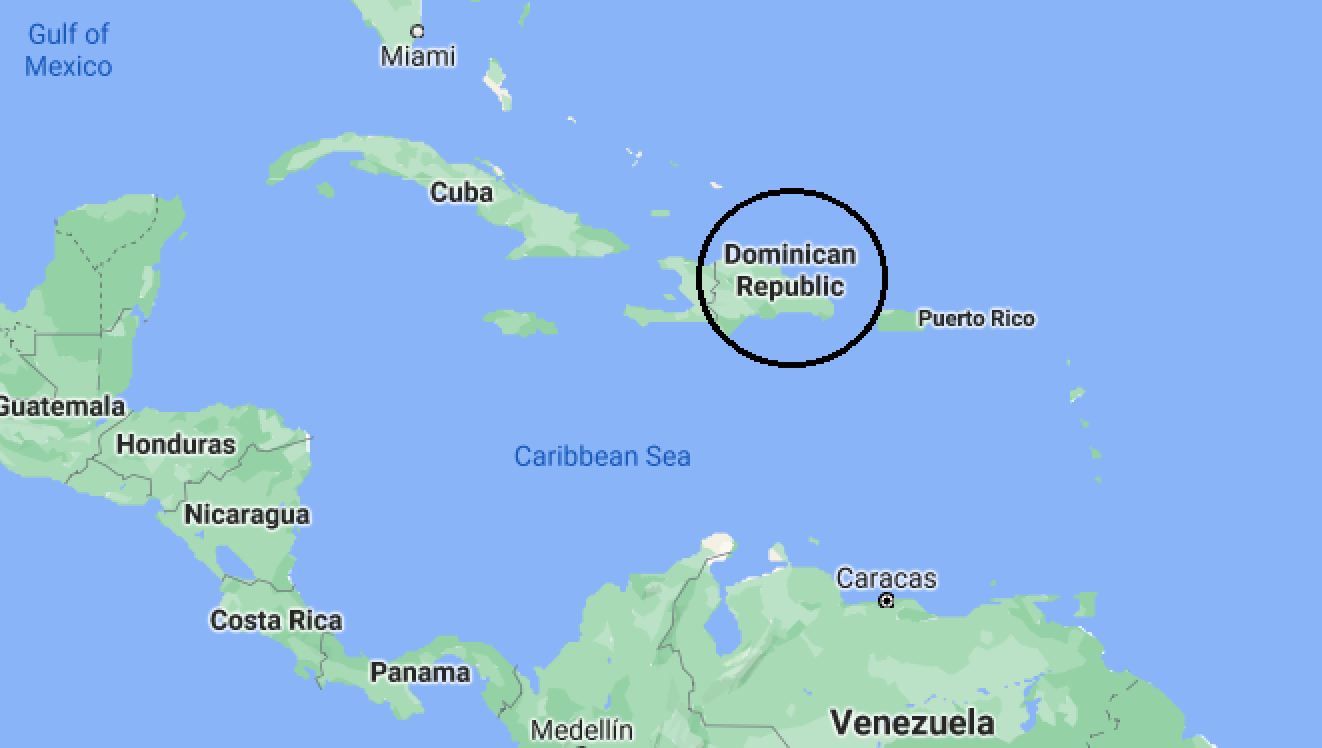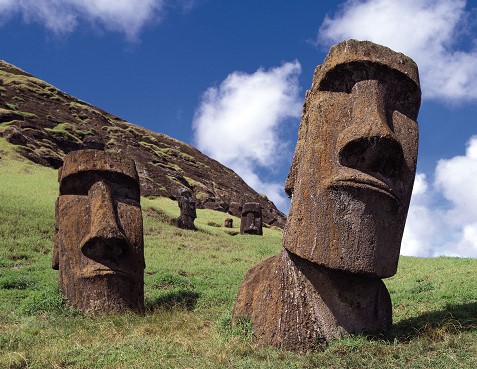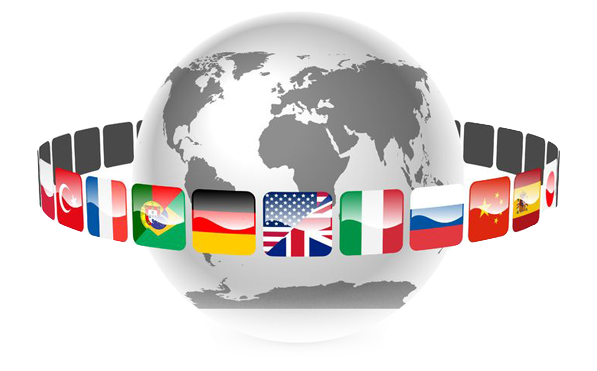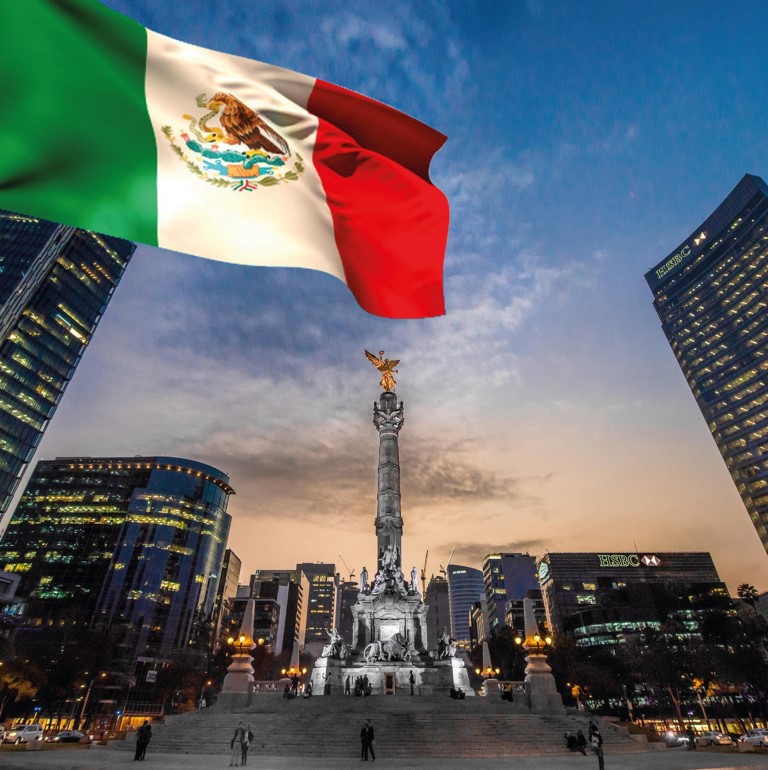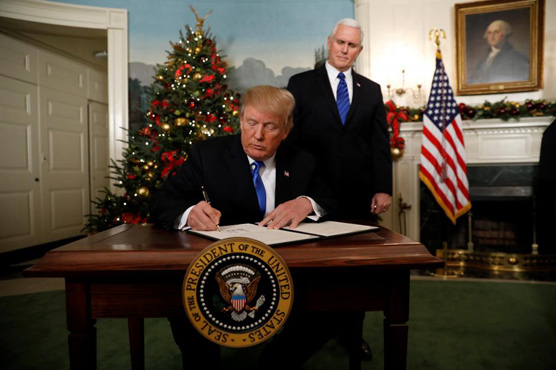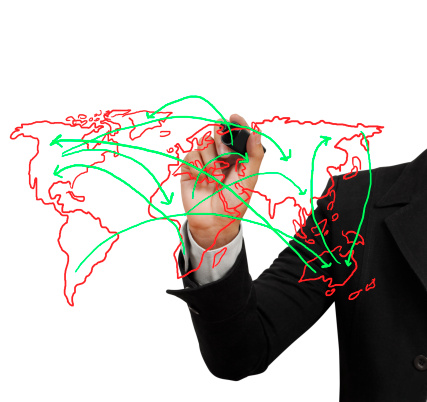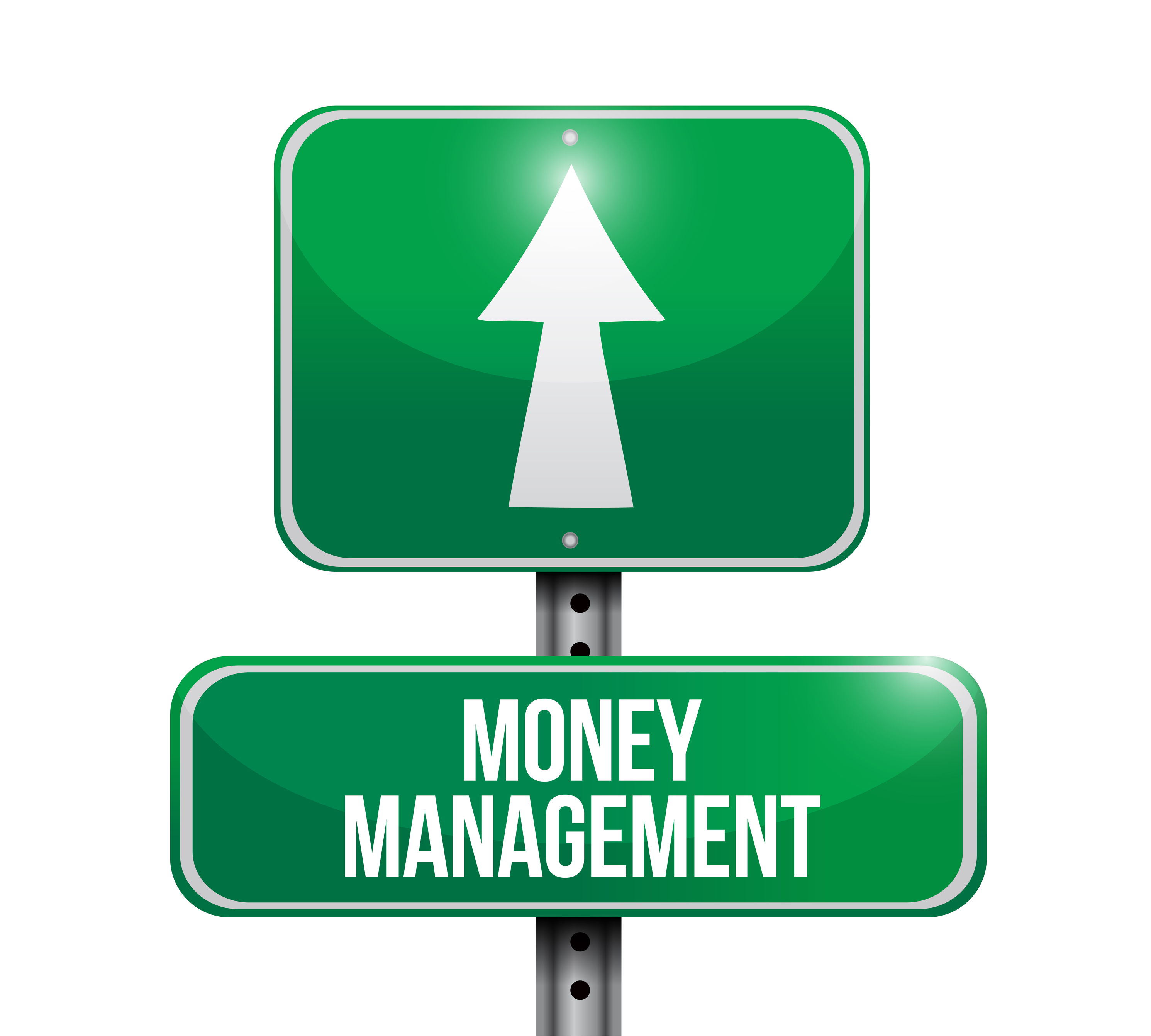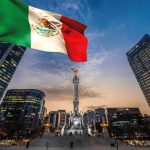A Review of the Political History of the Dominican Republic
The purpose of this post is to guide investors and business owners looking to do business in the Dominican Republic. Thus, it is written from a business perspective. I strongly recommend the Dominican Republic as a jurisdiction for a fintech business or as a domestic and international banking center.
The history of the Dominican Republic is rich and complex, with its political landscape marked by periods of dictatorship, civil unrest, democratic progress, and economic development. Here’s a more comprehensive historical overview:
Pre-Columbian and Early Colonial Period: The island, which the Dominican Republic shares with Haiti, was originally inhabited by the Taíno people. In 1492, Christopher Columbus arrived, marking the beginning of heavy Spanish influence. The capital, Santo Domingo, was established in 1496, becoming the oldest continuously inhabited European settlement in the Americas.
Late Colonial Period: The 17th century saw the decline of Spanish influence, and by the late 18th century, the French controlled the western part of the island (modern-day Haiti). The eastern part (the present Dominican Republic) was returned to Spanish rule.
Early 19th Century: In 1821, the eastern part of the island declared independence from Spain, but it was quickly taken over by Haiti. For 22 years, the entire island was unified under Haitian control.
1844: The Dominican Republic declared independence from Haiti, marking the beginning of the Dominican Republic as a separate entity. The early years were marked by political instability, with frequent changes in leadership and government structure.
Late 19th Century: The country faced economic problems and political instability, which led to brief annexation by Spain in 1861-1865. The rest of the century was marked by periods of civil war and political instability.
1930-1961: The Dominican Republic fell under the dictatorship of Rafael Trujillo. His rule, marked by repression and human rights abuses, was one of the longest and bloodiest in Latin American history. Trujillo was assassinated in 1961.
1960s: The post-Trujillo period was marked by political instability. In 1963, democratically elected president Juan Bosch was overthrown by a military coup, leading to a civil war in 1965. U.S. troops intervened, citing the risk of a communist takeover similar to that in Cuba.
1966-1996: Joaquín Balaguer, a political ally of Trujillo, was elected president in 1966. Balaguer’s rule was marked by repression of political opposition, but also by stability and economic development. Balaguer served as president for most of the period from 1966 to 1996.
1996-Present: Since 1996, the Dominican Republic has seen a series of peaceful transitions of power, marking progress towards democratic consolidation. The country has faced various challenges, including corruption, drug trafficking, and social inequality. However, it has also made significant economic progress, particularly in industries like tourism and telecommunications.
This is a broad overview of the Dominican Republic’s political history, and it doesn’t cover all the complexities and nuances. The purpose of this article is to give some political context to those interested in purchasing a bank in the country.
Dominican Republic Relationships
The Dominican Republic’s strategic location in the Caribbean and its growing economy have led it to foster various international relationships, making it an active participant in several regional and international organizations. Here’s a brief look at some of its key international relationships and memberships as follows:
China: The Dominican Republic established diplomatic relations with the People’s Republic of China in 2018, severing its official ties with Taiwan. This move was seen as a significant shift in the country’s foreign policy, recognizing China’s “One-China” policy. The Dominican Republic’s relationship with China focuses on economic cooperation, trade, investment, and infrastructure development. China has become an important trading partner and source of foreign direct investment for the Dominican Republic.
Central American Integration System (SICA): The Dominican Republic is an associate member of SICA, a regional bloc aiming to promote economic integration and political cooperation among Central American nations. As part of SICA, the Dominican Republic has an opportunity to increase regional trade, strengthen political ties, and collaborate on issues such as security, human rights, and environmental protection.
Caribbean Forum (CARIFORUM): The Dominican Republic is a member of CARIFORUM, which consists of the Caribbean Community (CARICOM) member states and the Dominican Republic. CARIFORUM’s main function is to manage and coordinate relations between the Caribbean states and the European Union, particularly regarding economic cooperation and trade agreements.
Association of Caribbean States (ACS): As a member of the ACS, the Dominican Republic works with other Caribbean and Latin American nations to promote consultation, cooperation, and concerted action among all the countries of the Caribbean. The organization’s main areas of interest include trade, transport, sustainable tourism, and natural disaster risk reduction.
The Dominican Republic’s participation in these organizations reflects its commitment to regional integration, cooperation, and economic development. It also shows the country’s strategic approach to forging alliances and partnerships that can bolster its economic growth and political influence. However, like any country, the Dominican Republic must balance its international relationships with its national interests, a task that can sometimes be challenging.
Dominican Republic Currency and Central Bank
The currency of the Dominican Republic is the Dominican Peso, denoted by the symbol “RD$” or the code “DOP”. It is subdivided into 100 centavos. The Central Bank of the Dominican Republic (Banco Central de la República Dominicana, in Spanish) is responsible for issuing and managing the country’s currency.
The DOP is a free-floating currency, not a pegged currency. This means its exchange rate with other currencies, including the United States Dollar (USD), is determined by the foreign exchange market based on supply and demand factors, rather than being fixed to the value of another currency like the Eastern Caribbean (EC) Dollar is to the USD.
Over the years, the exchange rate between the Dominican Peso and the US Dollar has generally seen a gradual depreciation of the DOP. This means it takes more Dominican Pesos to buy one US Dollar over time. However, the rate of depreciation and the exact rates can fluctuate based on a variety of factors, including economic conditions in the Dominican Republic and the United States, monetary policy decisions by the respective central banks, and global economic factors.
While the Central Bank of the Dominican Republic doesn’t peg the DOP to the USD, it may intervene in the foreign exchange market to prevent excessive volatility in the DOP/USD exchange rate. This intervention can involve buying or selling US Dollars or other actions to influence the supply and demand for the two currencies.
The Central Bank plays a crucial role in the Dominican Republic’s economy, performing several essential functions:
- Monetary Policy: The Central Bank is responsible for formulating and implementing the country’s monetary policy with the goal of maintaining price stability. This typically involves managing interest rates and controlling the money supply to manage inflation and stabilize the economy.
- Currency Issuance: The Central Bank has the exclusive right to issue currency in the Dominican Republic. It is responsible for ensuring there is sufficient currency in circulation to meet the demands of the economy, while also managing the risk of inflation.
- Financial Stability: The Central Bank works to maintain the stability of the country’s financial system. This can involve acting as a lender of last resort to banks facing liquidity problems, overseeing payment systems, and monitoring economic indicators to identify potential threats to financial stability.
- Foreign Exchange Management: The Central Bank manages the country’s foreign exchange reserves and regulates the foreign exchange market. This can involve intervening in the foreign exchange market to stabilize the exchange rate of the Dominican Peso.
- Economic Research and Statistics: The Central Bank conducts economic research and publishes a range of economic and financial statistics. This information helps inform decision-making by government, businesses, and investors.
In summary, the Central Bank of the Dominican Republic plays a vital role in maintaining the stability of the country’s economy and financial system. Its actions can have significant impacts on issues such as inflation, economic growth, and the stability of the Dominican Peso.
Santo Domingo, Dominican Republic
Santo Domingo, the capital of the Dominican Republic, is not only the largest city in the country but also one of the largest cities in the Caribbean region. The estimated population of Santo Domingo was around 3 million in the city proper, with over 4 million in the larger metropolitan area.
Santo Domingo plays a vital role in the Dominican Republic’s economy, contributing significantly to its GDP. The city is a hub of economic activity, with several key industries driving its economic growth:
Tourism: Santo Domingo is rich in historical and cultural sites, including the Zona Colonial (Colonial Zone), a UNESCO World Heritage site with buildings dating back to the 16th century. The city’s hotels, resorts, restaurants, and historical sites draw tourists from around the world, making tourism a significant contributor to the city’s economy.
Services Sector: The services sector, including finance, real estate, health care, and education, is a key economic driver. Santo Domingo hosts the headquarters of many banks and financial institutions. The city is also home to some of the country’s most important educational institutions and hospitals.
Trade and Commerce: Santo Domingo is a central hub for both domestic and international trade. Its location and infrastructure, including the Port of Haina, one of the busiest ports in the Caribbean, facilitate imports, exports, and commerce. Retail is also a significant part of the city’s economy.
Manufacturing and Industry: Santo Domingo and its surrounding areas host several industrial free zones, where goods are produced for export. Industries include textiles, pharmaceuticals, tobacco, and food processing.
Telecommunications and IT: The city is a center for telecommunications and information technology services in the Dominican Republic. Various national and international telecom and IT companies have their operations based in the city.
Construction and Real Estate: The real estate and construction sectors have seen significant growth, with numerous residential and commercial developments in recent years.
Given its role as the capital and its diverse economy, Santo Domingo plays a significant part in the Dominican Republic’s economic stability and growth. However, the city also faces challenges, such as traffic congestion, pollution, and social inequality.

